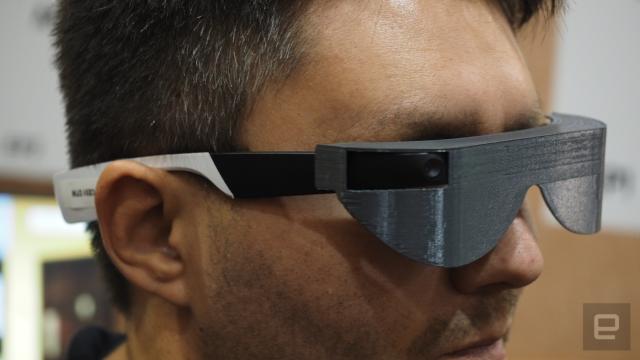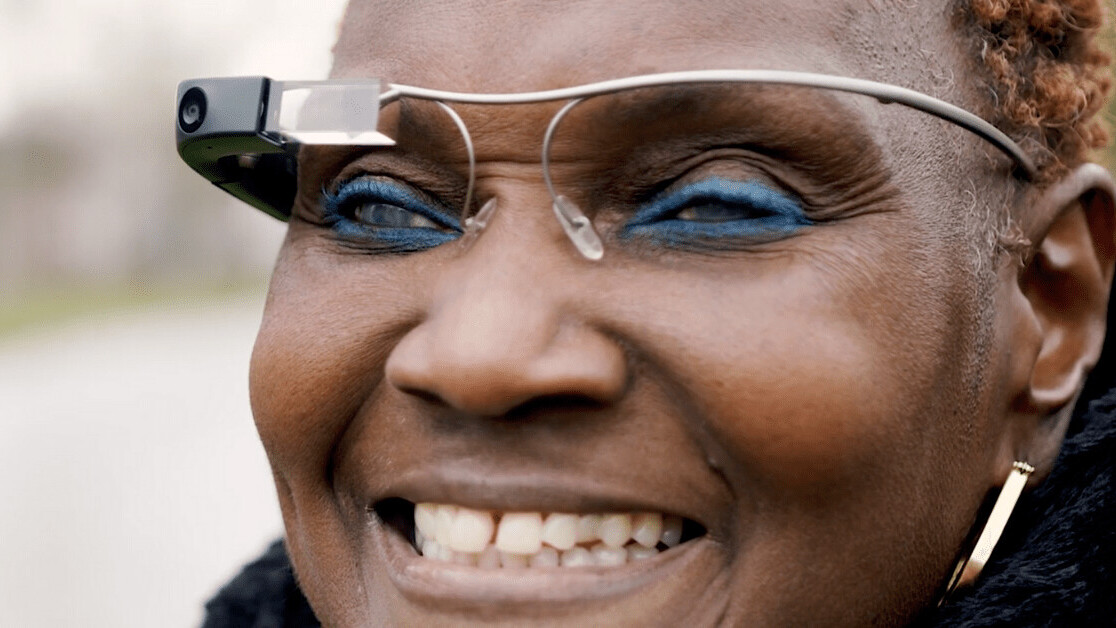The Future of Assistive Technology for the Blind: Empowering Independence
Discover Advanced Assistive Devices for People With Visual Problems
The landscape of assistive innovation for individuals with visual disabilities is evolving quickly, offering a variety of cutting-edge gadgets that boost autonomy and interaction. From smart glasses that effortlessly combine visual input with acoustic guidance to sophisticated navigating applications that redefine spatial understanding, these devices are reshaping opportunities.
Smart Glasses Innovations
Smart glasses represent a significant development in assistive technology for individuals with aesthetic disabilities. Geared up with cameras and sensing units, smart glasses can catch real-time aesthetic information, which is after that refined and communicated to the user through audio responses or haptic feelings.
Furthermore, improvements in expert system have additionally enhanced the capacities of wise glasses. Device learning formulas can recognize faces, reviewed text, and identify things, making them very useful devices for everyday jobs. Individuals can obtain auditory hints that give context about their setting, fostering freedom and confidence.
In addition, the ergonomic style and light-weight nature of numerous clever glasses make them appropriate for long term use, ensuring convenience while enhancing performance. As these tools remain to advance, they hold the potential to change the method individuals with visual disabilities experience their every day lives, linking the gap in between availability and technology. The recurring research study and development in this field promise to broaden the opportunities for wise glasses, making them a crucial part of contemporary assistive devices.
Navigating Application and Devices
Countless navigating apps and devices have become necessary sources for people with visual disabilities, considerably boosting their ability to pass through unknown settings. These modern technologies leverage GPS performance, audio signs, and real-time information to offer users with specific navigation assistance.
One famous instance is the Aira application, which attaches users to skilled representatives who can supply visual summaries of environments and navigation advice through a real-time video feed. This service improves the customer's spatial understanding and confidence while navigating. One more significant device is Seeing Eye GPS, which uses voice-guided navigating and sights, allowing customers to access important details regarding their surroundings.

As modern technology continues to advancement, the advancement of more innovative navigating tools promises to further encourage individuals with aesthetic disabilities, promoting smooth wheelchair and integration into varied atmospheres. Such advancements contribute in advertising a more inclusive culture.
Braille Technology Advancements
Recently, advancements in Braille innovation have actually substantially transformed how individuals with aesthetic problems gain access to information and engage with the globe around them. The advancement of portable Braille displays has actually changed reading by allowing customers to attach wirelessly to computer systems, tablet computers, and smartphones. These tools convert text right into Braille in real-time, allowing smooth communication with digital content.
Furthermore, innovative Braille printers have arised, improving the production of tactile materials. Modern embossers are quicker and much more reliable, permitting the quick creation of Braille documents and educational products. This performance minimizes the moment and cost related to creating Braille sources, making them extra accessible to organizations and colleges.
Additionally, the combination of Braille with various other technologies, such as artificial intelligence and equipment learning, has opened up new opportunities for tailored understanding experiences. Voice recognition and synthesis innovations can match Braille, providing an inclusive technique to details dissemination.
As the demand for inclusive education and learning and workplace atmospheres expands, these technical developments play a crucial role in equipping people with aesthetic disabilities, guaranteeing they have equal access to info and possibilities in numerous aspects of life.
Wearable Instruments for Independence
A growing selection of wearable tools is improving freedom for people with visual disabilities, using cutting-edge remedies that boost navigating and day-to-day living. Braille displays and notetakers. These tools make use of innovative modern technologies to provide real-time feedback and assistance, advertising freedom in different atmospheres

Wearable technology likewise consists of smartwatches that can be set with availability features, making it possible for individuals oculist eye doctor to obtain notices, track their places, and even require assistance with the touch of a switch. Furthermore, some tools incorporate fabricated intelligence to assess the atmosphere, offering sound summaries of nearby things or people.
Voice-Activated Assistive Solutions
Leveraging voice-activated assistive solutions has actually changed the landscape of support for people with visual disabilities, providing hands-free communication and access to a selection of jobs. These technologies make use of natural language handling and expert system to make it possible for users to do daily activities via basic voice commands.

Moreover, recent innovations in voice acknowledgment accuracy have enhanced the individual experience dramatically, accommodating diverse accents and speech patterns. This inclusivity makes certain that even more people can gain from these innovations, promoting a better sense of autonomy.
Final Thought
To conclude, the development of advanced assistive gadgets substantially boosts the independence and quality of life for individuals with visual disabilities. Advancements such as wise glasses, navigation apps, Braille technology, wearable tools, and voice-activated options collectively cultivate a more comprehensive atmosphere. These modern technologies equip users to navigate their surroundings with confidence and engage even more fully with the globe, eventually promoting greater accessibility and equivalent chances for individuals dealing with visual difficulties.
The landscape of assistive technology for people with visual problems is progressing quickly, presenting an array of innovative additional hints gadgets that enhance freedom and engagement.Smart glasses stand for a considerable innovation in assistive innovation for people with visual disabilities. As these devices proceed to develop, they hold the potential to reinvent the means individuals with aesthetic disabilities experience their day-to-day lives, connecting the void in between ease of access and modern technology.In recent years, advancements in Braille modern technology have dramatically transformed just how individuals with aesthetic impairments accessibility info and engage with the globe around them. These innovations equip customers to browse their surroundings with confidence and engage even more fully with the world, inevitably advertising higher access and equivalent opportunities for people facing visual obstacles.